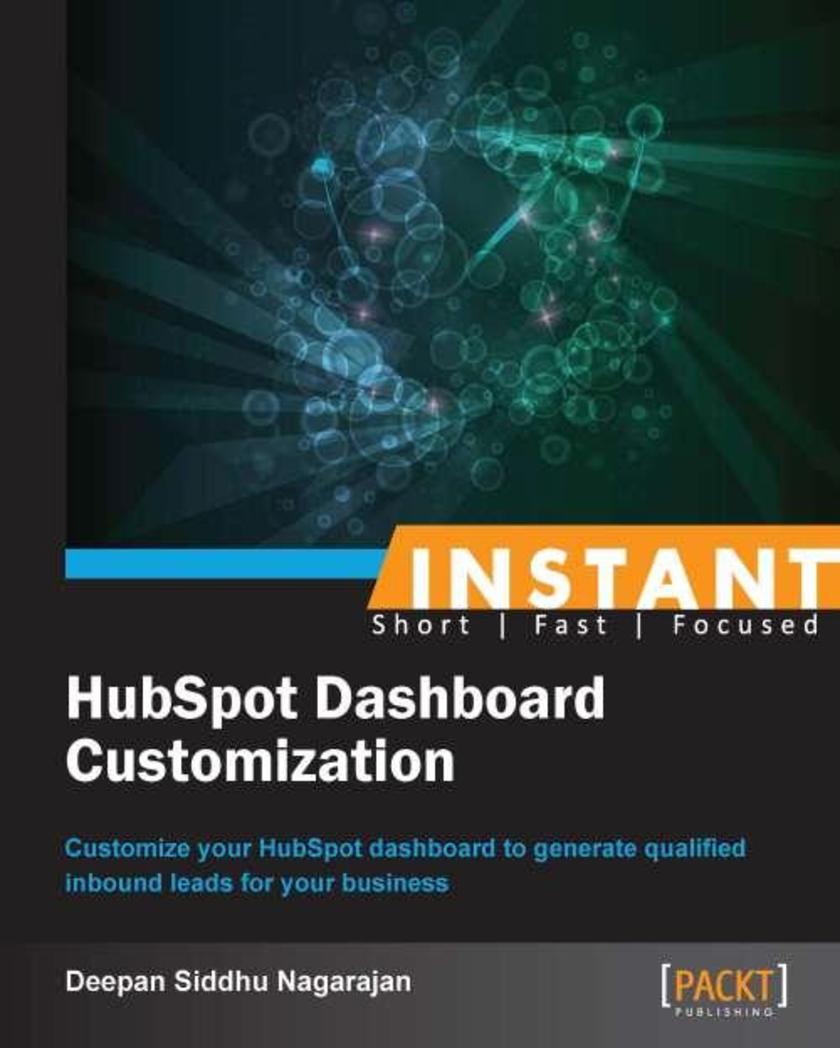
Instant HubSpot Dashboard Customization
¥35.96
Filled with practical, stepbystep instructions and clear explanations for the most important and useful tasks. A headlong guide including example driving situations, clear instructions for important tasks, and details for enhancing your social media management experience. This book is a perfect fit if you are an inbound marketing beginner who feels and believes that handling multiple marketing channels to generate leads is a cumbersome activity. The best part is, you don’t need to have coding skills to customize your Hubspot portal when you’ve got this book. Basic knowledge of computers is essential.
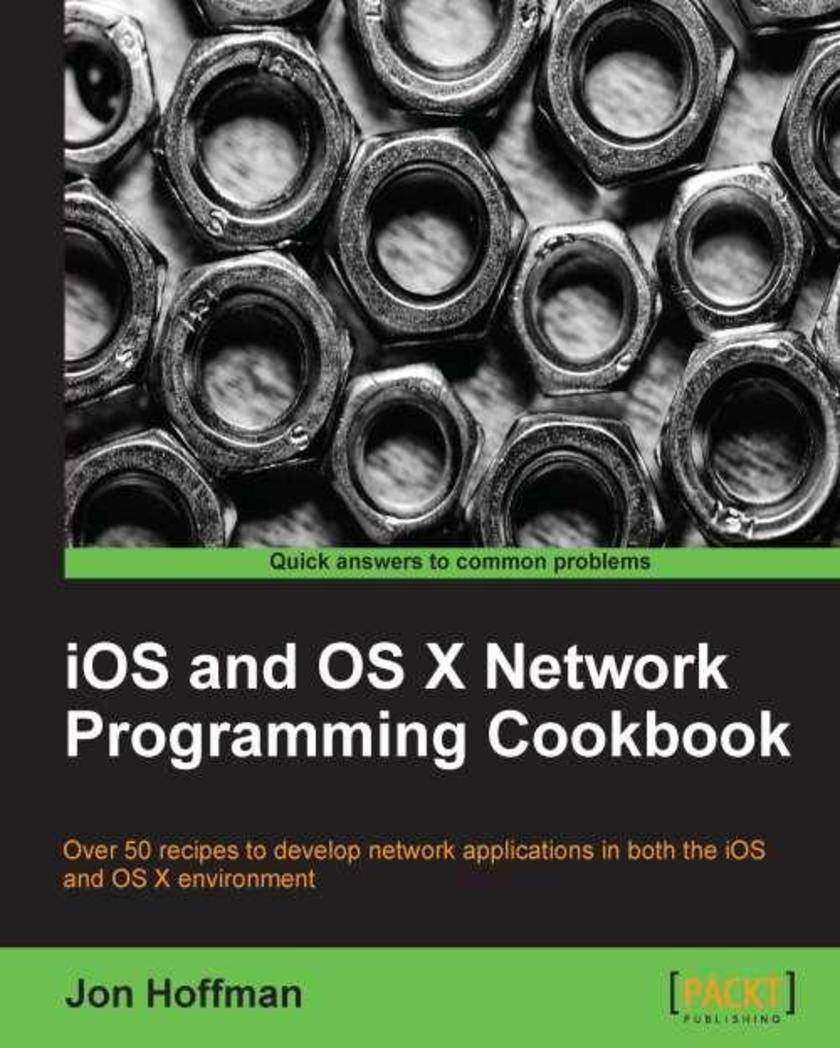
iOS and OS X Network Programming Cookbook
¥90.46
This book follows a recipebased approach that will heavily focus on the code and how to integrate the samples with the reader’s projects.Each recipe consists of one or more methods that you can put directly into your app and use. This book is ideal for developers that want to create network applications for the Apple OS X or iOS platforms. All examples are written in ObjectiveC using XCode as the IDE. Knowledge of ObjectiveC and XCode is essential.

Blender Compositing and Post Processing
¥63.21
This book is a stepbystep compositing guide, with lots of illustrations and practical approaches and implementations to attain a desired visual quality to a deadline. Each chapter progressively adds to your skillset, covering a wide range of CG film making compositing concepts. This book is for digital CG artists looking to add photo realism and life to their footage. This book also assists technical CG artists in strategizing and implementing productive lighting. If you are new to Blender or compositing, this book will guide you step by step in gaining compositing skills.

Customer Success with Microsoft Dynamics Sure Step
¥107.90
"Customer Success with Microsft Dynamics Sure Step" is a focused tutorial of Microsoft Dynamics solution envisioning and delivery, rather than a stepbystep guide into project management. It will equip you with the tactics required to plan, align, and orchestrate your solution selling activities, as well as help you to be efficient, proactive, goal driven, and flexible in your Microsoft Dynamics engagements. If you are involved in one or more of the roles stated below, then this book is for you: ?If you are a Project Manager, Engagement Manager, Solution Architect, or Consultant involved in delivering Microsoft Dynamics solutions, this book will teach you how you can improve the quality of your implementation with a consistent, repeatable process. ?If you are a Customer Project Manager, Subject Matter Expert, Key User, or End User involved in selecting the right business solution for your organization and delivering the Microsoft Dynamics solution, this book will help you determine how the method facilitates the delivery of a solution that is aligned to your vision. ?If you are a Sales Executive, Services Sales Executive, Technical Sales Specialist, PreSales Consultant, or Engagement Manager involved in the sales of Microsoft Dynamics solutions, this book will help you to understand how you can accelerate your sales cycle and bring it to a close. ?If you are the Customer Decision Maker, CxO, Buyer, or Project Manager who participates in the selection process for your business solution needs, this book will show you how to determine how this process can help your due diligence exercise and set the stage for a quality implementation of the solution. ?If you are a Change Management expert, this book will enable you to learn how you can help the customer manage organizational change during the business solution delivery process, and/or help solution providers adopt a process for selling and delivering solutions.
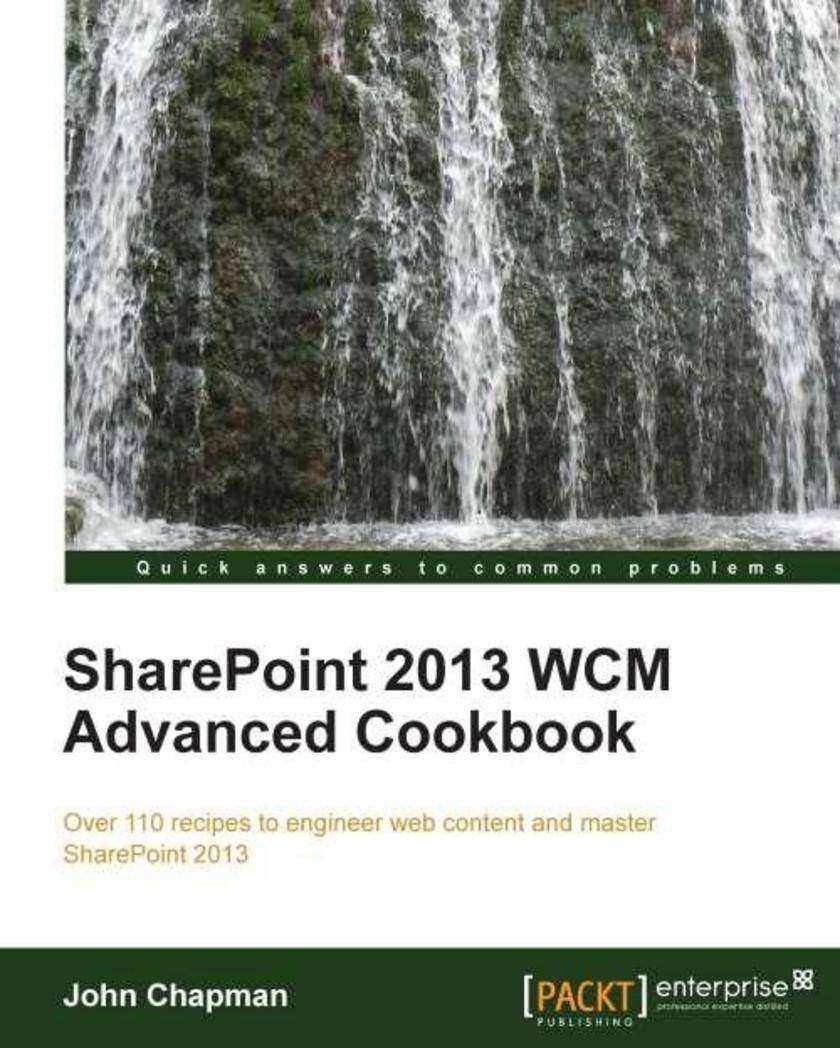
SharePoint 2013 WCM Advanced Cookbook
¥99.18
You will be led carefully stepbystep through a detailed set of recipes. This book focuses on web content management using Microsoft SharePoint 2013 server. The practical examples are built logically throughout the chapters to create a common theme. This book is ideal for developers who want to broaden their understanding of the web content management features available with SharePoint 2013. It is assumed that you already have some experience using SharePoint and developing web content. Experience with Microsoft PowerShell and coding C# with Visual Studio will also be helpful, but is not essential.
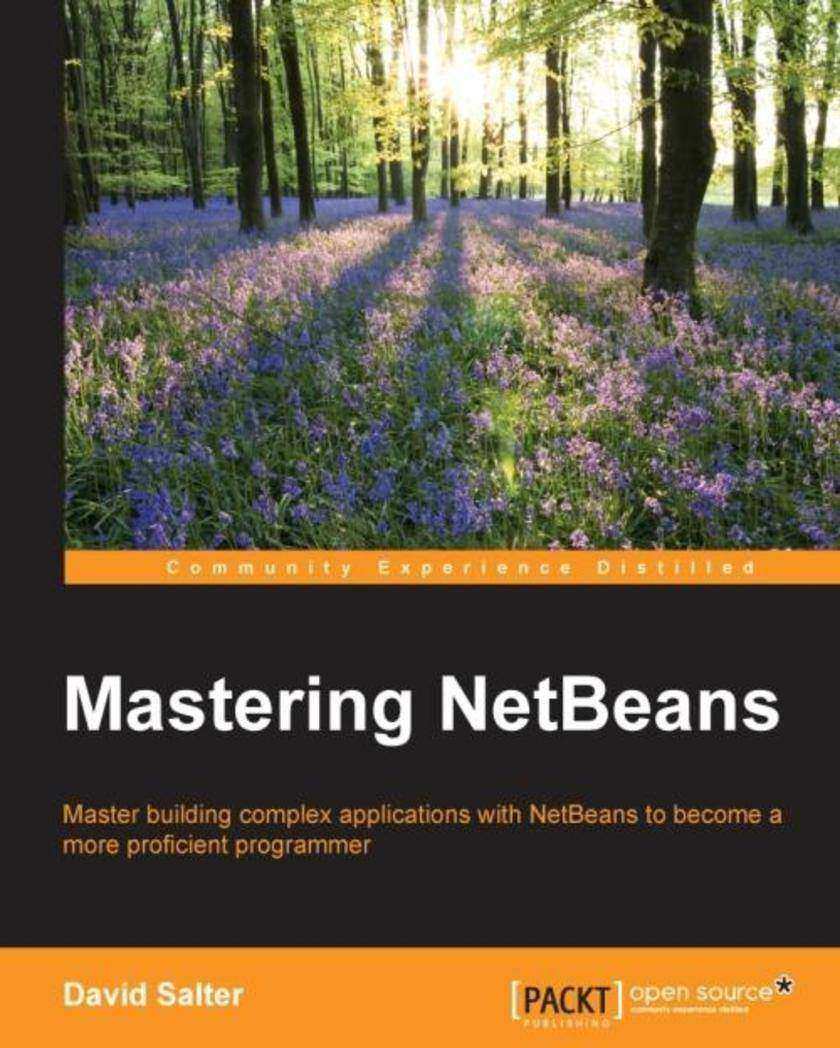
Mastering NetBeans
¥90.46
If you are a competent developer who wants to fast-track your application development with the NetBeans IDE, then this book is for you. Reasonable knowledge and an understanding of Java programming and the NetBeans IDE is assumed.
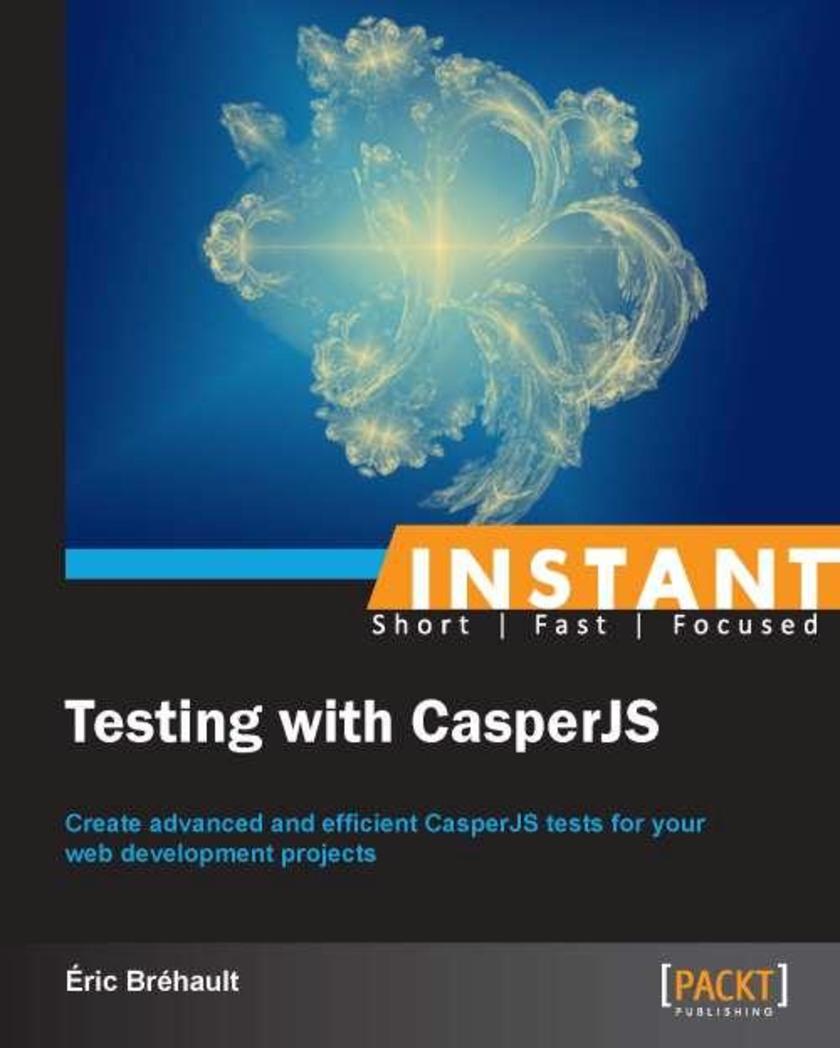
Instant Testing with CasperJS
¥45.77
Filled with practical, stepbystep instructions and clear explanations for the most important and useful tasks. A concise guide full of stepbystep recipes to teach you how to create CasperJS tests for your web development projects. This book will be extremely useful for web developers who are new to testing or who want to move from another testing solution to CasperJS. It is assumed that you are familiar with web development and have a good knowledge of JavaScript.
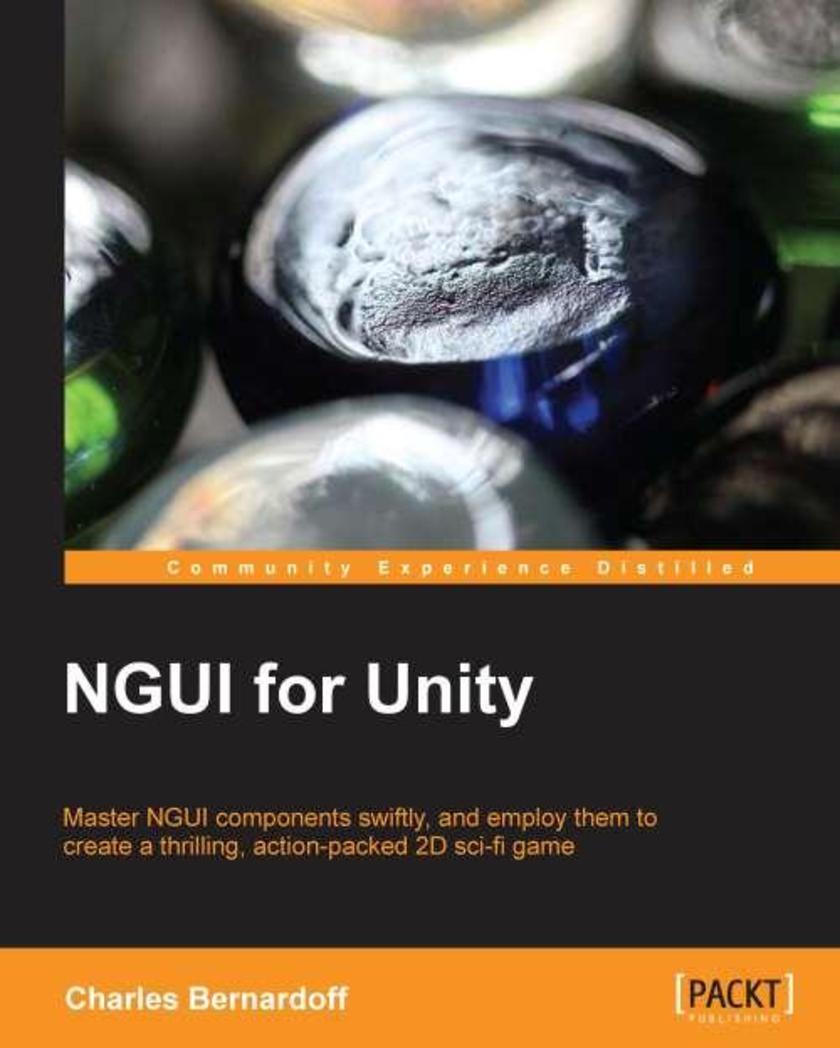
NGUI for Unity
¥63.21
An easytofollow, stepbystep tutorial focusing on practical situations and manipulations, guiding you to create a concrete Graphical User Interface and a simple 2D game. If you are a Unity 3D developer looking forward to learn NGUI for Unity, then this book is for you. Prior knowlege of C# *ing is expected. Additional knowledge of Unity 3D Editor, GameObject and creating/adding *s to GameObject would be beneficial; however, no prior knowledge of NGUI is required.

Getting Started with Beautiful Soup
¥63.21
This book is a practical, handson guide that takes you through the techniques of web scraping using Beautiful Soup. Getting Started with Beautiful Soup is great for anybody who is interested in website scraping and extracting information. However, a basic knowledge of Python, HTML tags, and CSS is required for better understanding.
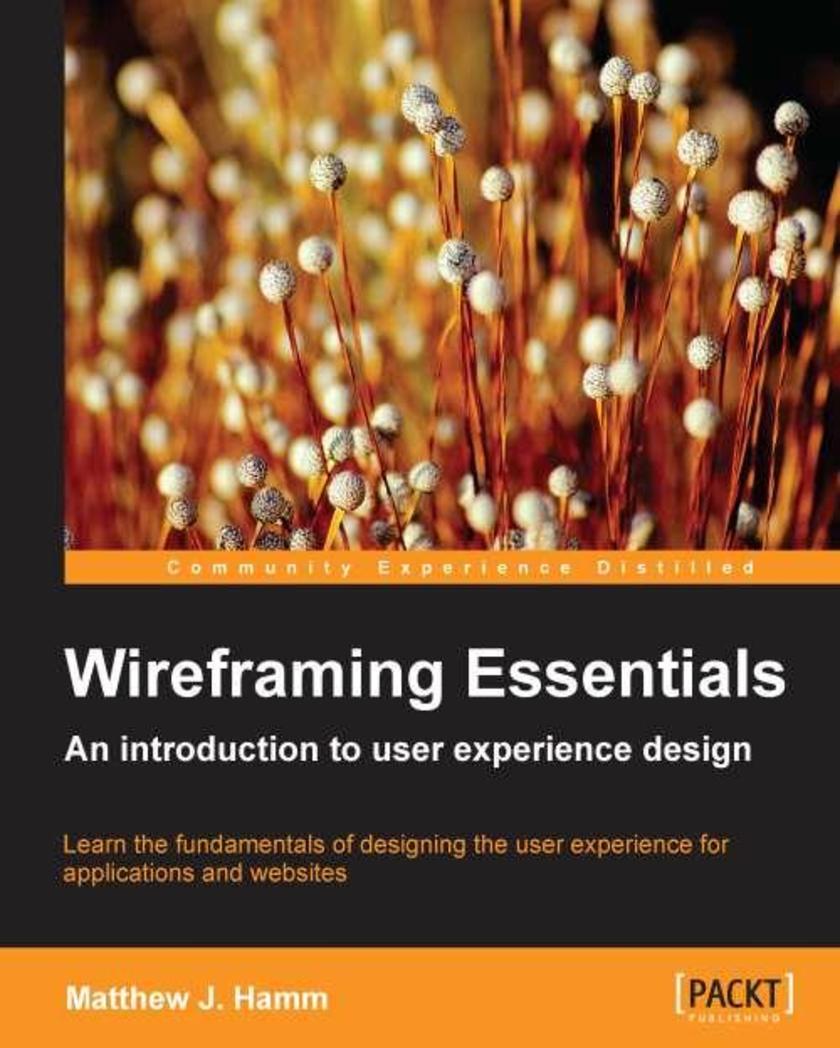
Wireframing Essentials
¥54.49
An easy to follow, examplebased guide introducing you to the world of user experience design through the author's real world experiences Whether you are looking to become a professional UX Designer, or just need to get the job done, the principles and processes discussed in this book will help you understand how to craft reliably effective and successful design solutions.
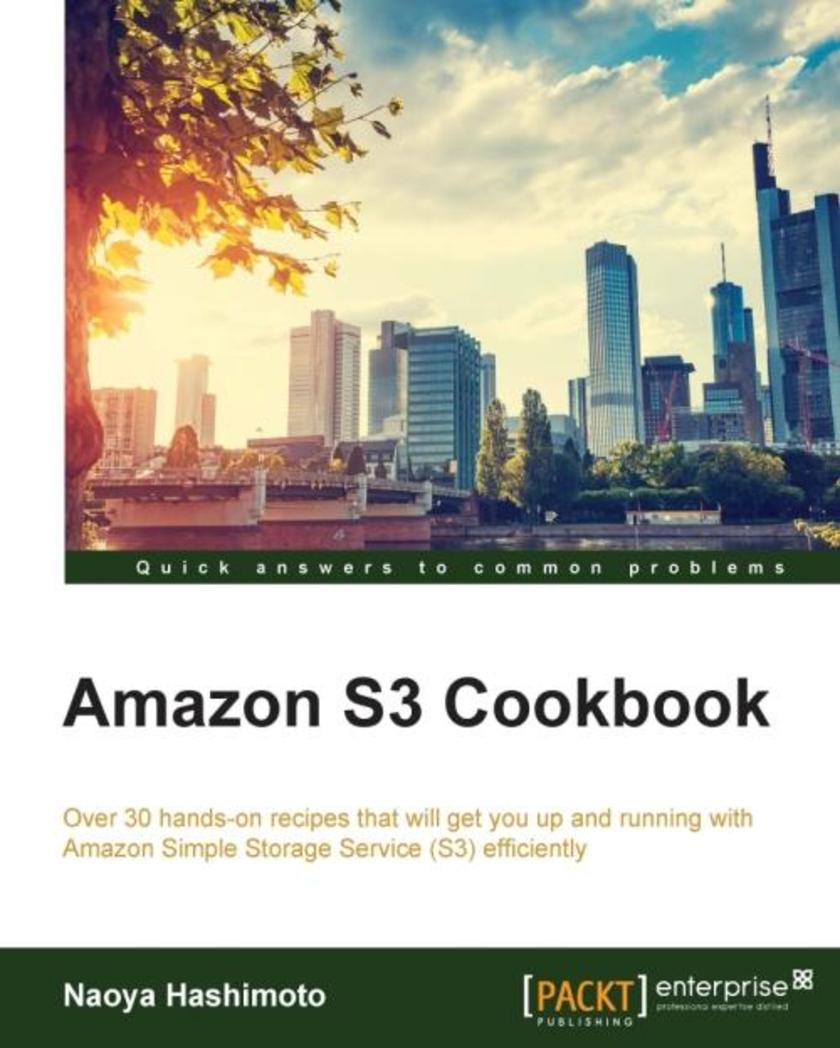
Amazon S3 Cookbook
¥90.46
This book is for cloud developers who have experience of using Amazon S3 and are also familiar with Amazon S3.
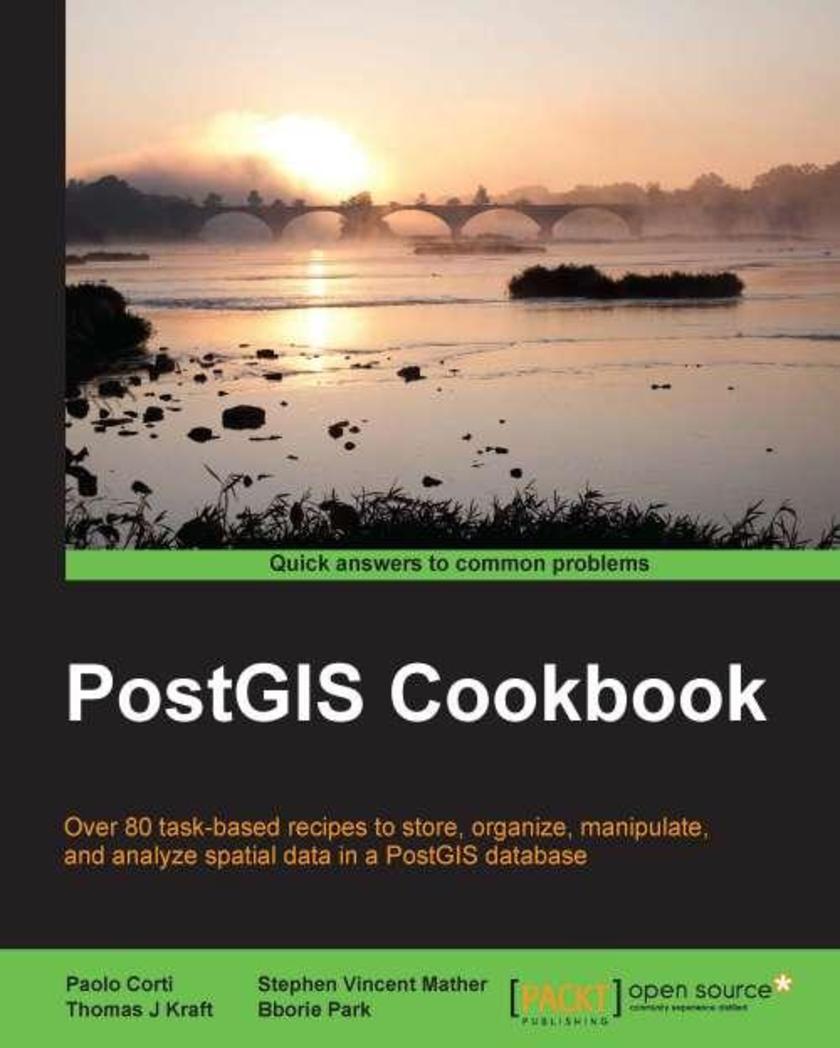
PostGIS Cookbook
¥90.46
An easytouse guide, full of handson recipes for manipulating spatial data in a PostGIS database. Each topic is explained and placed in context, and for the more inquisitive, there are more details of the concepts used. If you are a web developer or a software architect, especially in locationbased companies, and want to expand the range of techniques you are using with PostGIS, then this book is for you. You should have some prior experience with PostgreSQL database and spatial concepts.

Backbone.js Patterns and Best Practices
¥71.93
This is a stepbystep guide to design patterns, best practices, and solutions to common problems for Backbone.jsbased application development. This book is for JavaScript developers who work with Backbone.js and want to learn the best design patterns to develop complex web applications. Basic knowledge of Backbone.js and JavaScript is essential.
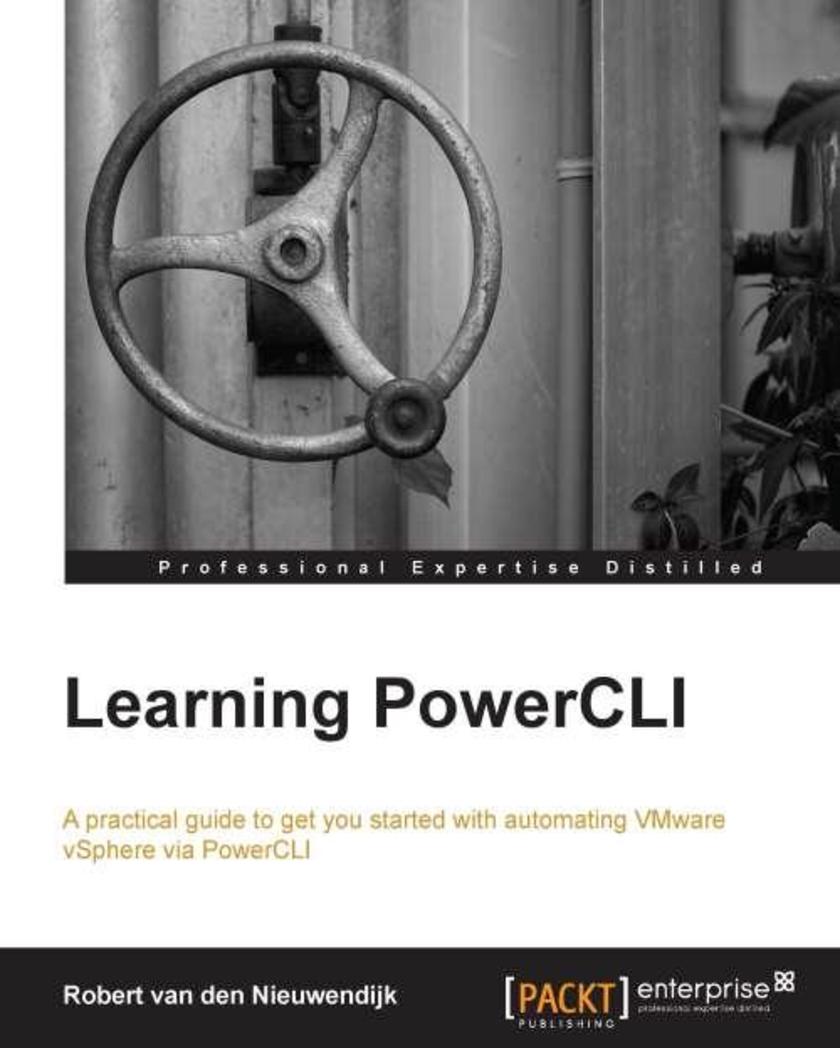
Learning PowerCLI
¥80.65
"Learning PowerCLI" is written in a friendly and practical style with a focus on getting you started and automating daily tasks quickly and efficiently. If you manage or administrate a vSphere environment, and want to make that easier and more efficient, then this book is for you! This book is ideal for you if you want to learn how to automate your VMware vSphere infrastructure, by getting the most out of PowerCLI. It’s assumed that you have some experience in administrating a VMware vSphere environment. Knowledge of Microsoft’s Windows PowerShell is not a prerequisite.
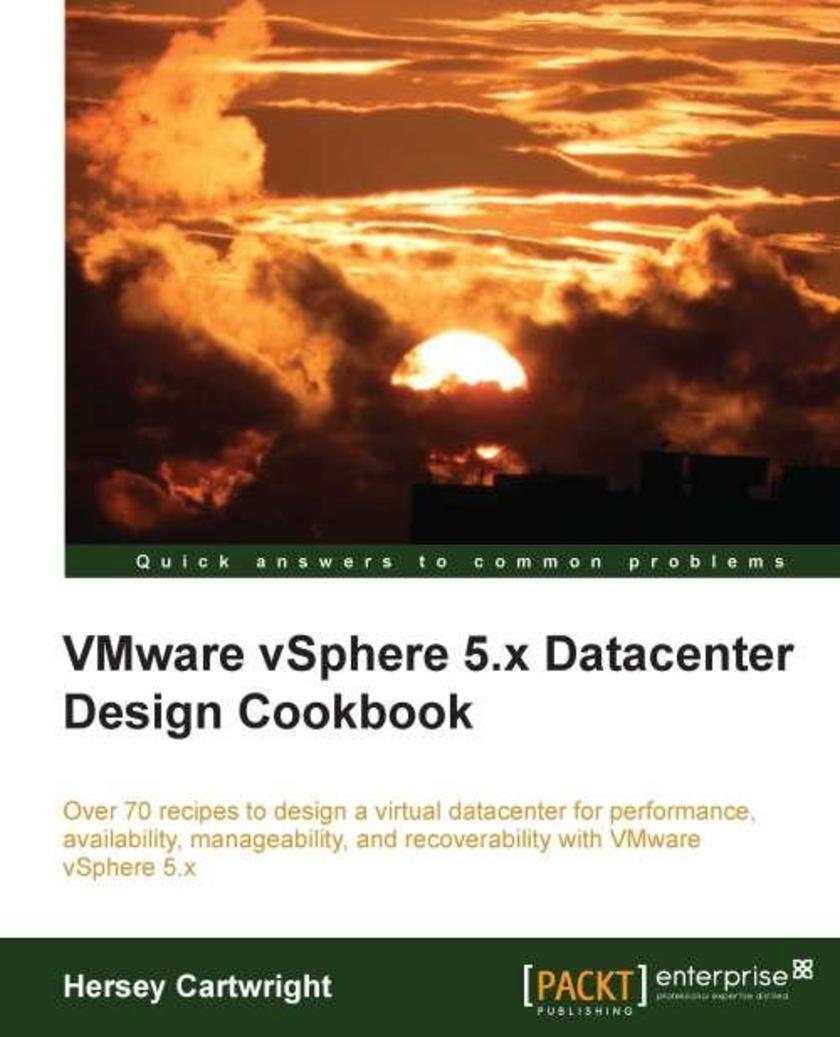
VMware vSphere 5.x Datacenter Design Cookbook
¥99.18
A practical guide packed with stepbystep recipes to design a virtual datacenter using VMware 5.x This book is a guide for anyone interested in designing virtualized datacenters using VMware vSphere 5.x and the supporting components. Current administrators of VMware vSphere environments will find this book useful when interested in becoming a vSphere Architect or are interested in learning more about the virtual datacenter design process. Knowledge of vSphere installation, configuration, and administration is a prerequisite.
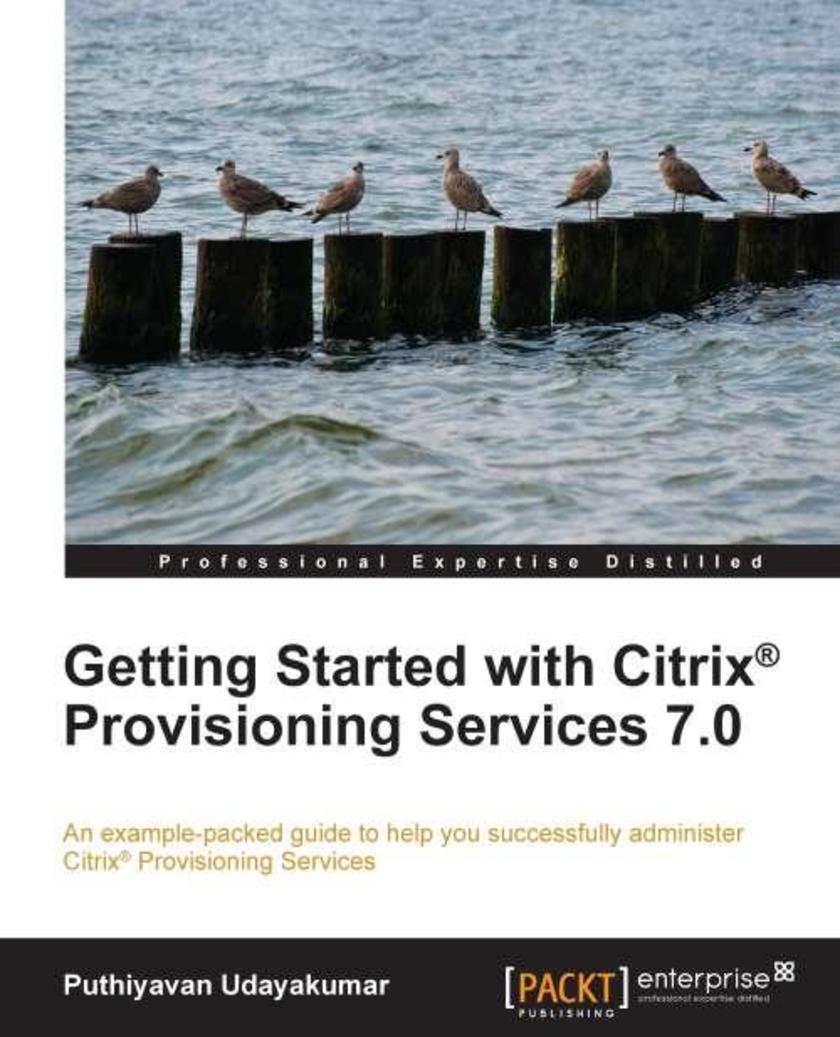
Getting Started with Citrix Provisioning Services 7.0
¥71.93
This practical guide helps you to administer Citrix Provisioning Services. Each chapter is structured in way to help you easily understand the various features, with accompanying practical examples that help beginners to quickly understand the product. This book is a useful guide for an admin/engineer who is new to the Citrix virtualization solution and provisioning service, and who is looking to get a good grounding in Citrix PVS. It’s assumed that you will have some understanding of the basics of virtualization already, but that's all you need to know!
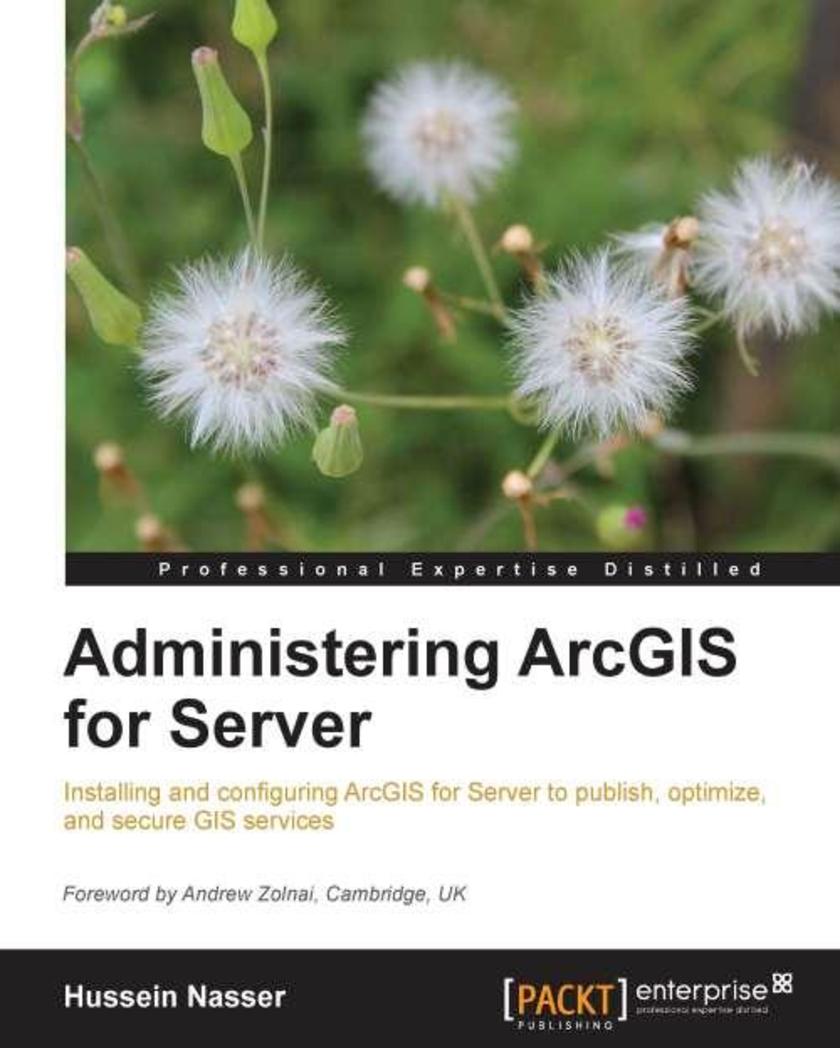
Administering ArcGIS for Server
¥90.46
This book is a practical, stepbystep tutorial providing a complete reference guide to the setup, installation, and administration of ArcGIS Server technology. If you are a GIS user, analyst, DBA, or programmer with a basic knowledge of ESRI GIS, then this book is for you.
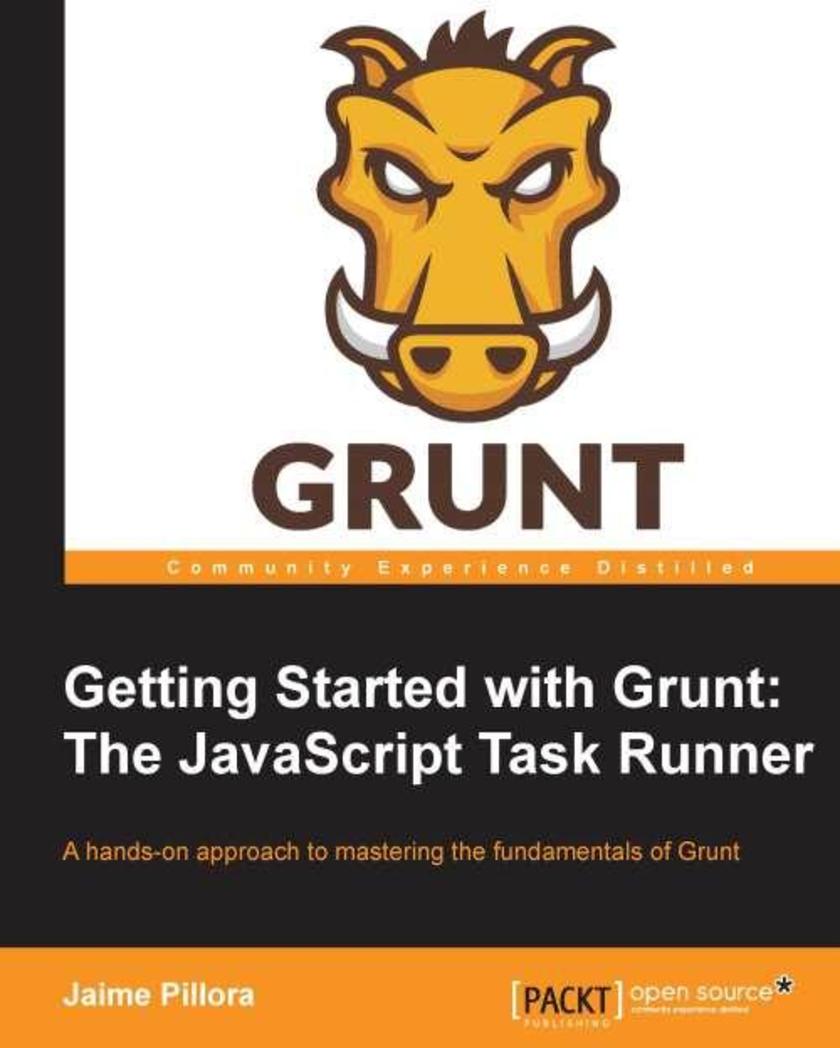
Getting Started with Grunt: The JavaScript Task Runner
¥63.21
A stepbystep, practical tutorial to help you transform into a Grunt poweruser. This book is for JavaScript developers who want to get to grips with GruntJS and use it to build and test their JavaScript applications. The only requirement for this book is a basic understanding of objects and functions in JavaScript.
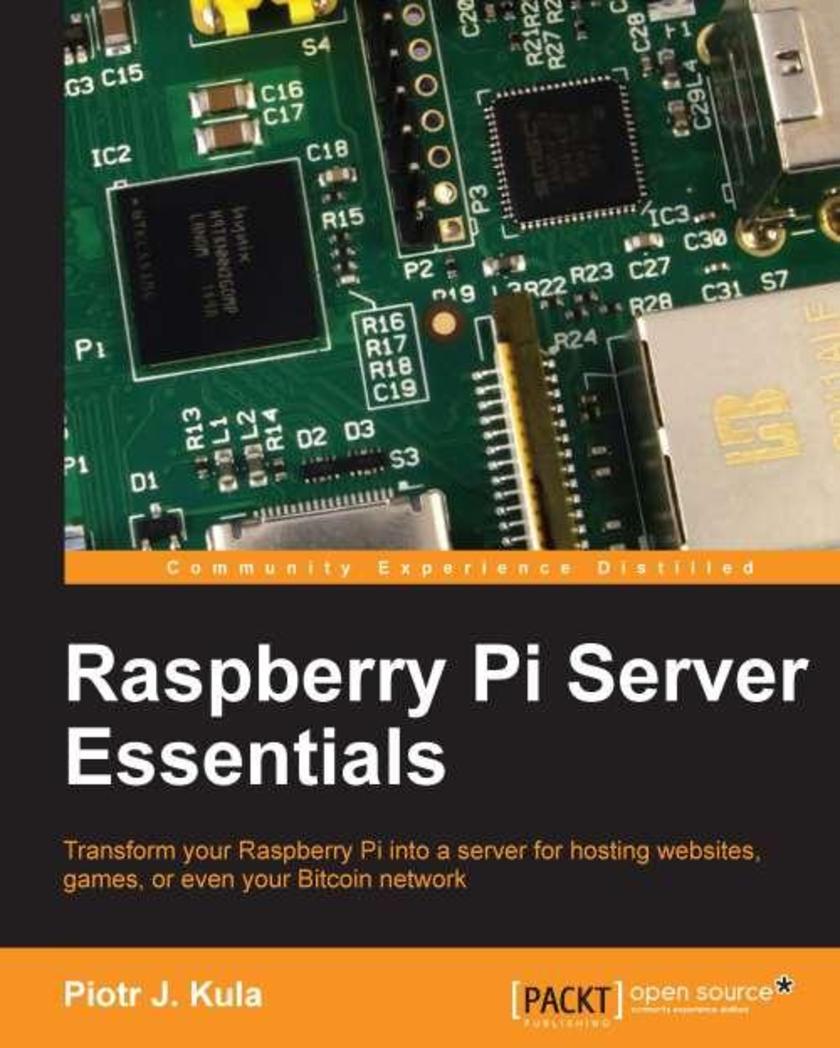
Raspberry Pi Server
¥54.49
This is an engaging, easy to follow guide for developing a wide range of server projects with Raspberry Pi This book is targeted towards all Raspberry Pi enthusiasts who are interested in exploring the potential of Pi as a server. Even if you have no prior experience with the Raspberry Pi, you can pick up this book and develop a wide range of projects.
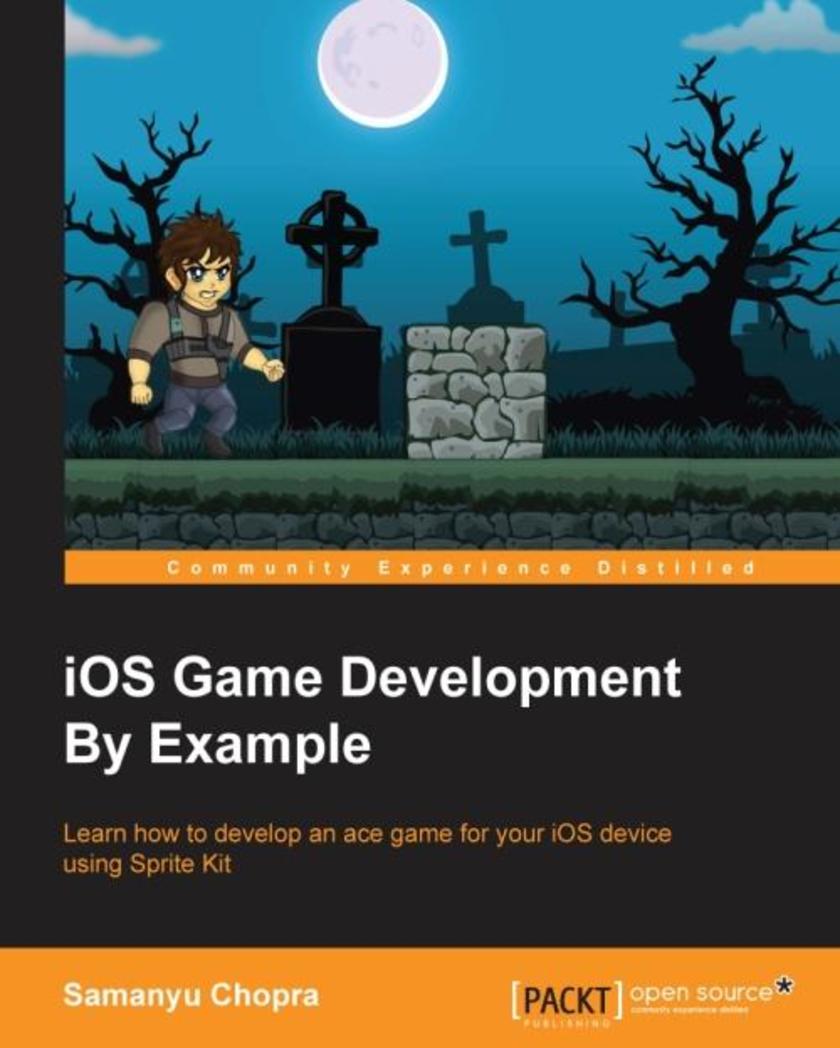
iOS Game Development By Example
¥80.65
This book is targeted at novice, intermediate, and proficient game developers coming from a different development platform and wanting to migrate to game development with the Sprite Kit engine. The reader does not need any knowledge of Sprite Kit and building games on the iOS platform.
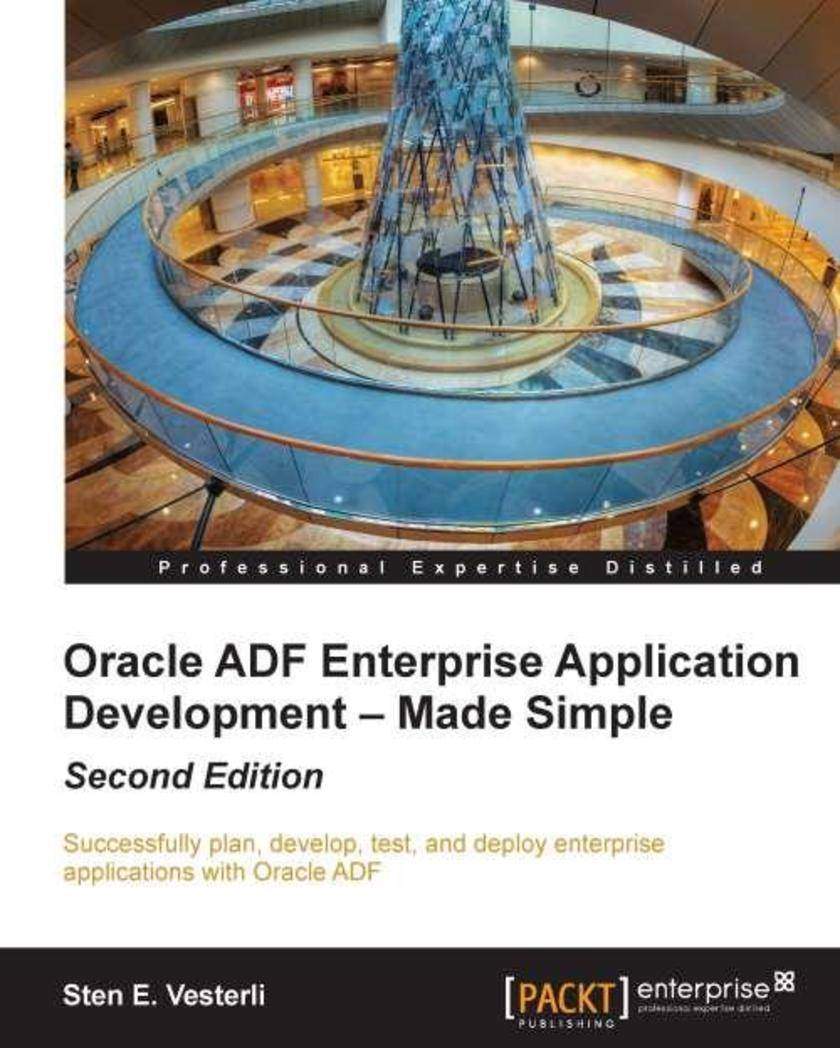
Oracle ADF Enterprise Application Development – Made Simple, Second Edition
¥99.18
This book is written in an easytounderstand style, following an enterprise development process through all the phases of development and deployment. Concepts are illustrated with realworld examples and the methods used are explained stepbystep. This book is for Oracle developers looking to start using Oracle’s latest development tool and J2EE developers looking for a more productive way to build modern web applications. This book will guide you through the creation of a successful enterprise application with Oracle ADF 12c, and therefore it assumes you have basic knowledge of Java, JDeveloper, and databases.




 购物车
购物车 个人中心
个人中心



